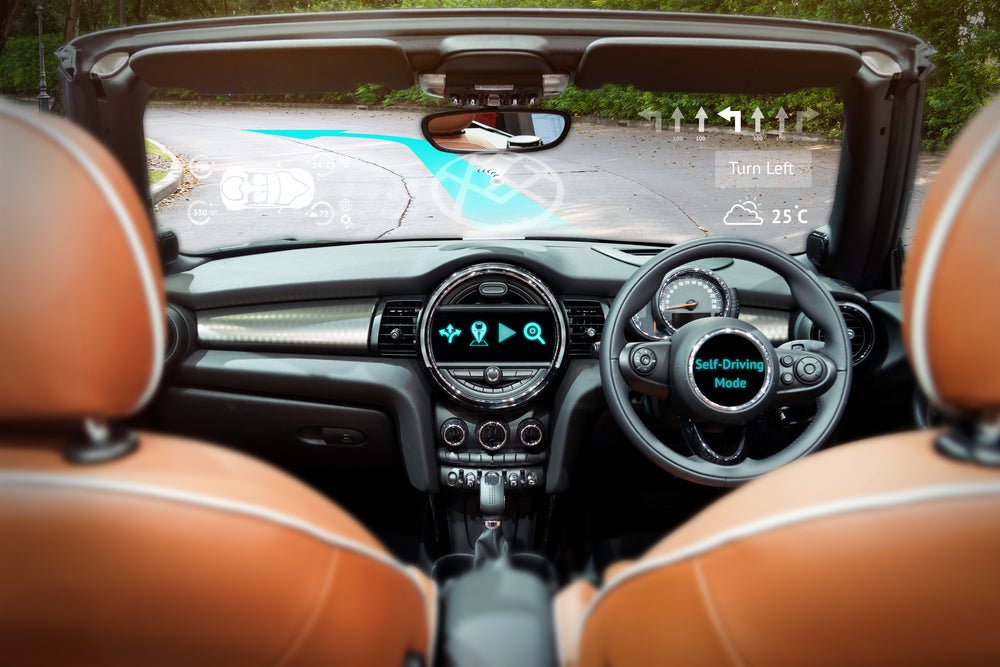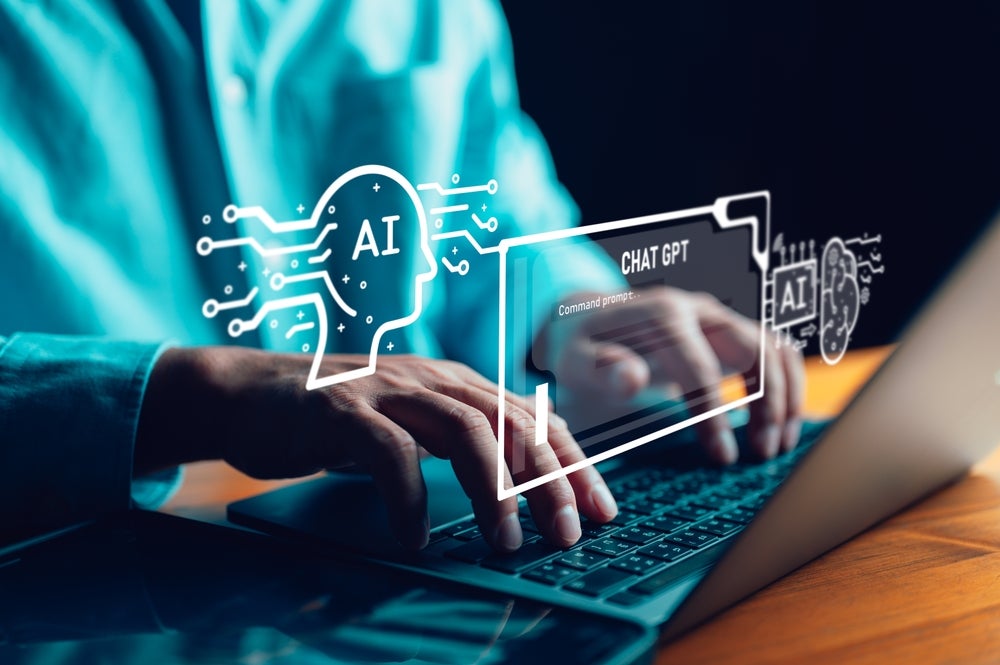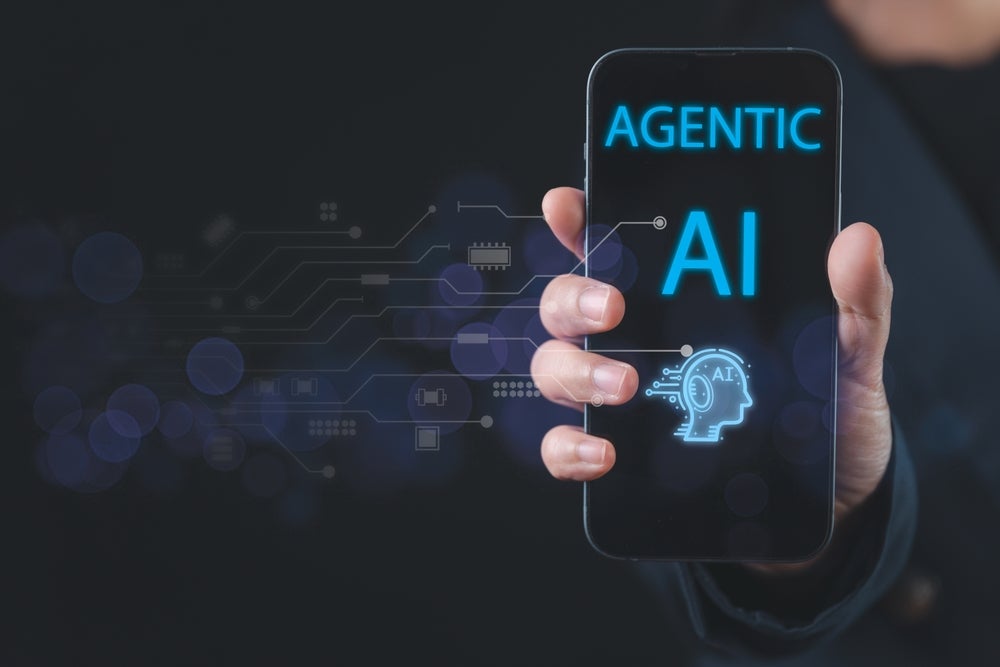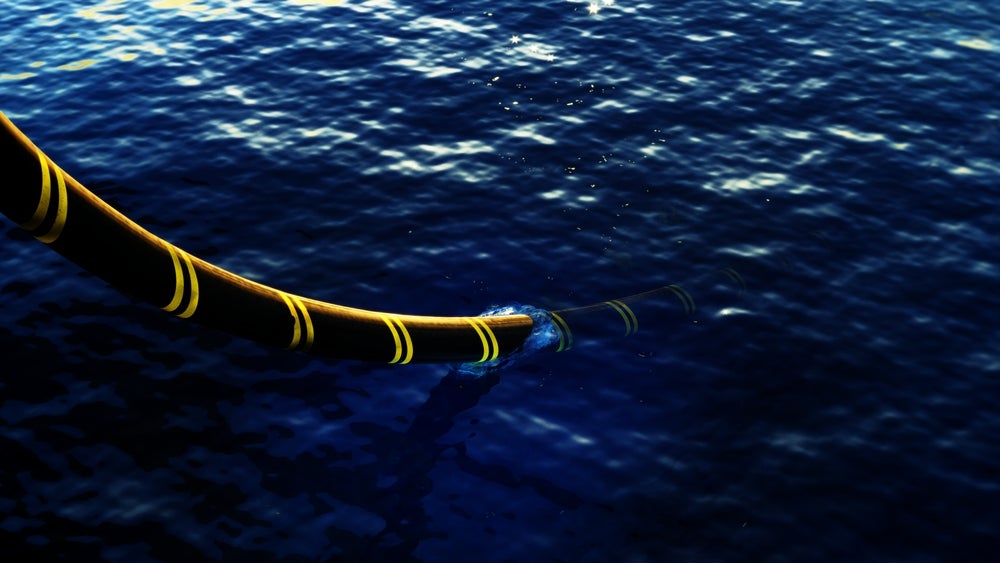As has been previously discussed in Verdict Media’s B2B media platform, customer-facing tech like touchscreens have been working their way into cars, replacing the traditional, easily memorable series of buttons and dials to control most of the car’s extra functions.
With this level of tech integration, it is not hard to imagine the next major step being to have technology operate the vehicle independently.
Autonomous vehicles (AVs) are being touted as the next phase of human mobility. But we should be very sceptical of AVs and their ability to move us around, not least because those doing the touting are often the ones trying to sell them.
The superfluous Cybercab and redundant Robovan
Tesla’s “We, Robot” event took place on October 10th 2024, with several presentations centred on autonomy. This includes the Optimus humanoid robot, the design of which I, Robot director Alex Proyas accused Tesla CEO, Elon Musk, of copying from his work.
The event did not please investors either, with Tesla shares dropping from $238.77 on October 10th to $217.80 on the 11th. Though shares have bounced back thanks to encouraging quarterly earnings, the vague promises and unimpressive technology on display expose Tesla’s poor understanding of personal mobility needs.
Among the models demonstrated was the Cybercab, a two-seater AV designed specifically as a taxi service. The design is wildly inefficient. Putting two people in a car that will likely weigh in the region of 1,500kg exposes many of the things wrong with car-centric design. The Cybercab is a product of current urban planning faults, which encourage extremely inefficient uses of space, power, and material resources—particularly in the US.

US Tariffs are shifting - will you react or anticipate?
Don’t let policy changes catch you off guard. Stay proactive with real-time data and expert analysis.
By GlobalDataBuses are far more efficient at moving people than cars and are accessible to more people. So perhaps Tesla’s Robovan, an autonomous 20-seater vehicle, could represent a beneficial step forward for personal mobility instead? Well, aside from looking like they would struggle with speed bumps—or indeed anything other than a completely smooth road surface—there is one glaring problem with the Robovan; it is redundant. We already have buses that can transport dozens of people at a time.
What the tech industry seems to misunderstand
We don’t need new technologies to massively improve personal mobility. As well as buses, trains also already exist. They aren’t considered as flashy and exciting as they were when they were first invented, but their promotion significantly improves the affordability and accessibility of public spaces, thereby improving health and social outcomes, and decreasing the negative environmental impact of transporting goods and people.
Tech CEOs like Musk have the ability and the resources to improve personal mobility and the lives of millions. With his companies alone, buses could be outfitted with EV batteries, reducing their lifetime carbon emissions; instead of two passengers, electric taxis could support five passengers and a driver like London’s famous black cabs; trains could have Starlink connections to improve connectivity, allowing people to work and socialise remotely while travelling.
Musk wanted to build a Hyperloop under Los Angeles and he still can, but this time fill it with Starlink-connected trains rather than individual Tesla cars and make it a real metro. There’s also nothing stopping him making bicycles to take advantage of pedestrianised urban areas. These are the sorts of changes that would make an actual difference in people’s lives.
The dubious benefits of tech
Simply adding machine drivers to vehicles already on the road doesn’t solve anything. Roads will still be full of traffic, except now with heavier vehicles, and outside forces that even human drivers struggle to deal with will still have an impact on driving experiences.
The only outcome of autonomous vehicle adoption would be the elimination of the livelihoods of taxi and bus drivers, with proceeds funnelled to tech companies instead.
This is not a future we should want for ourselves. Hoarding wealth rather than encouraging its distribution is known to cause significant economic and social problems. Communities affected by unemployment and poverty live shorter, less healthy lives, and—with no money to spend—cannot contribute to the economy that supports the wealth hoarders in the first place. We should instead advocate for our own livelihoods, health, and happiness.









